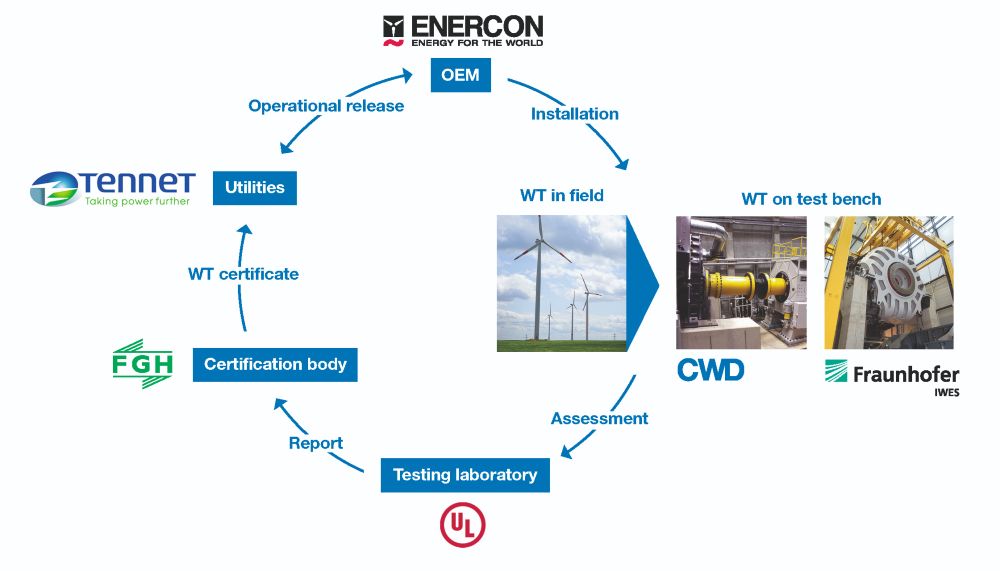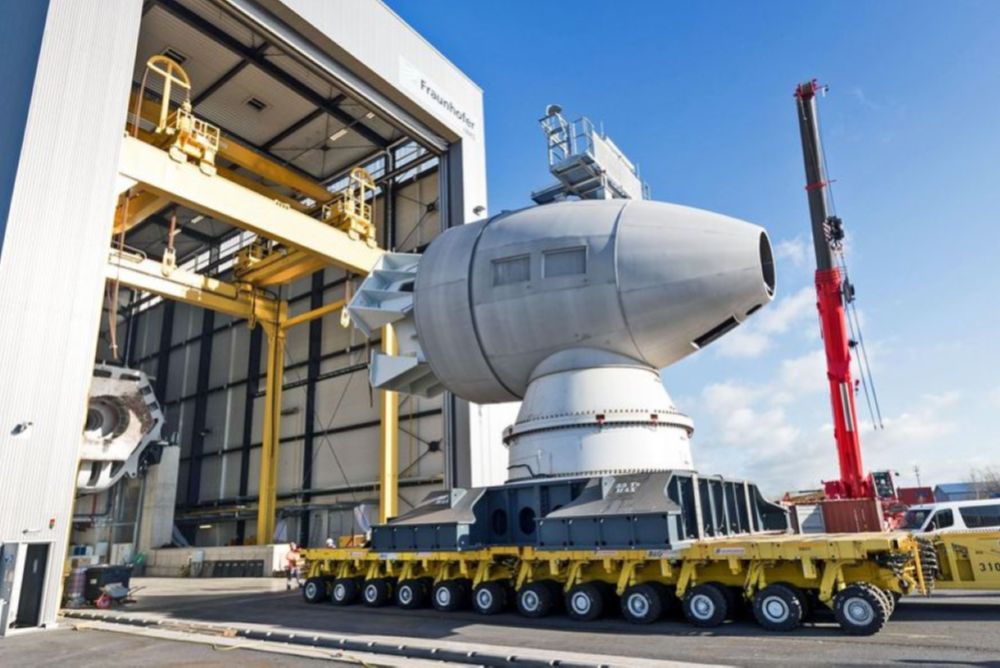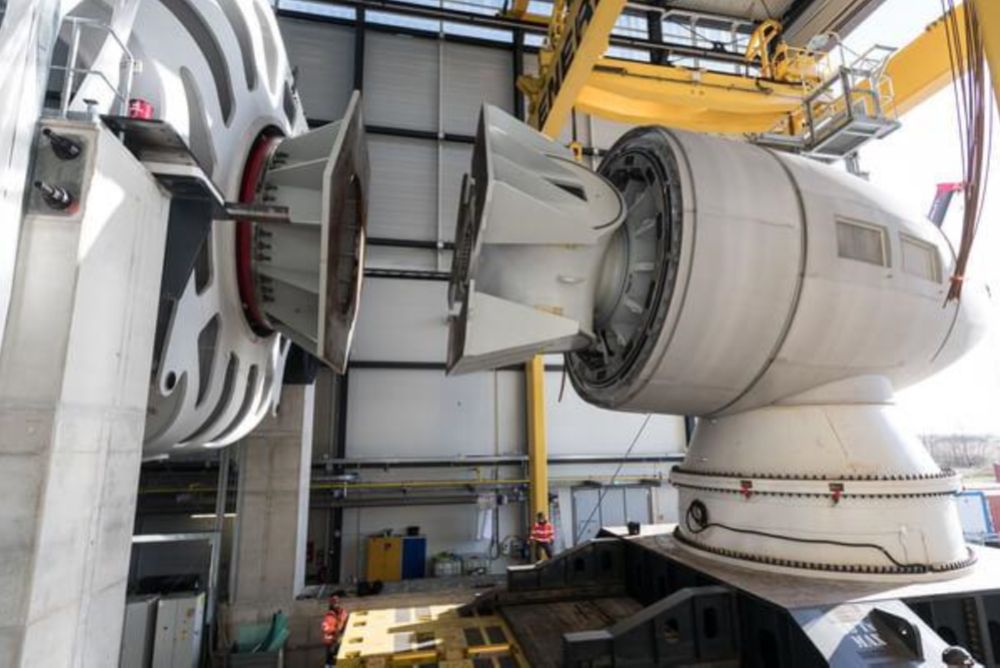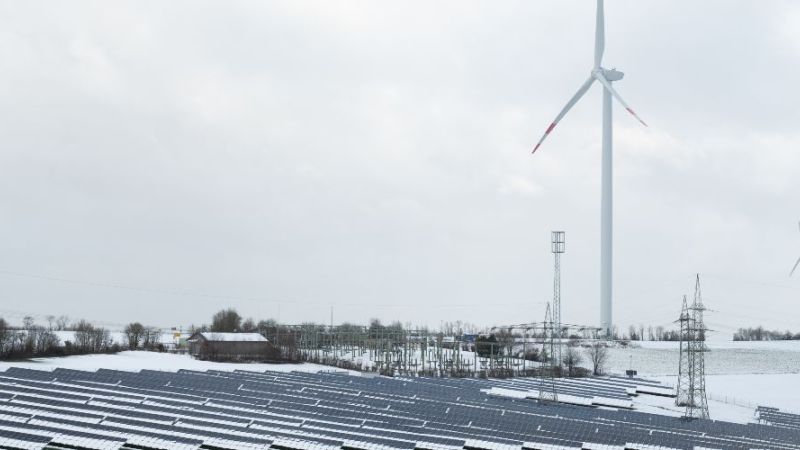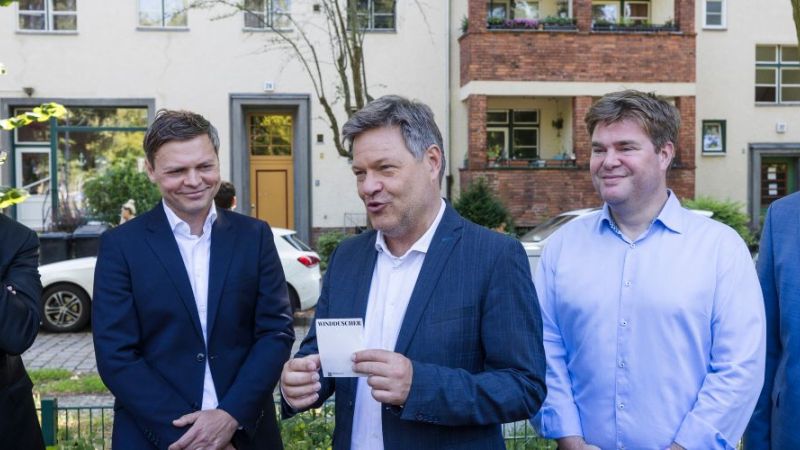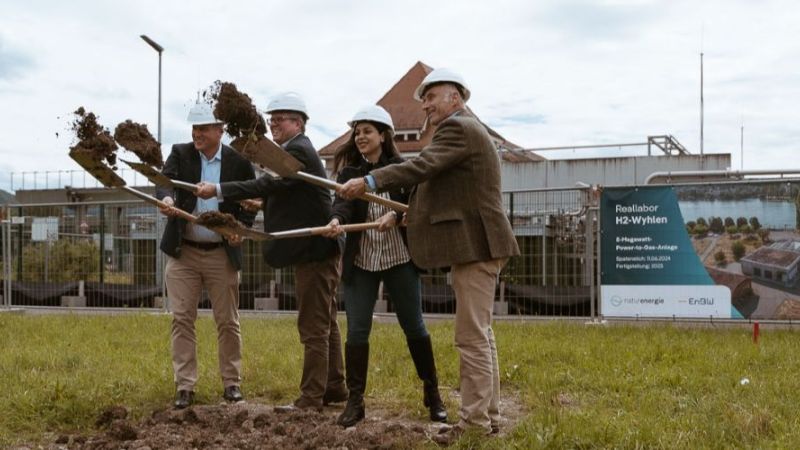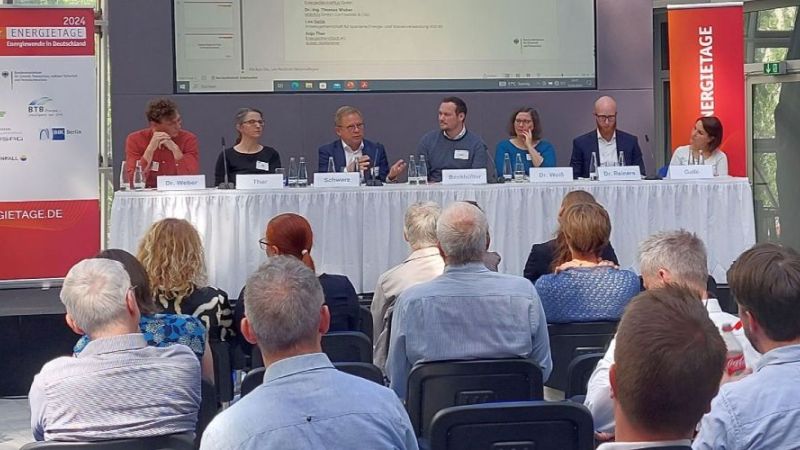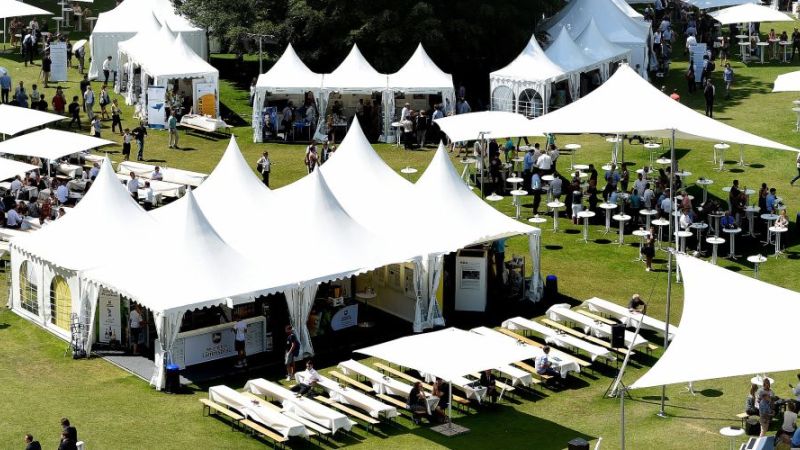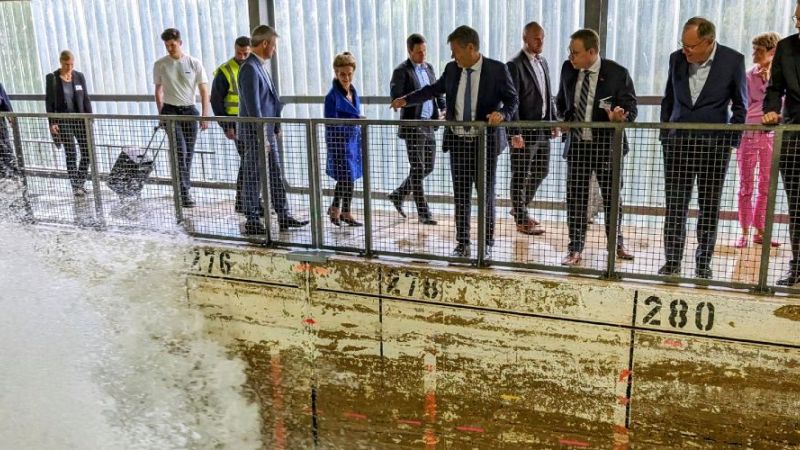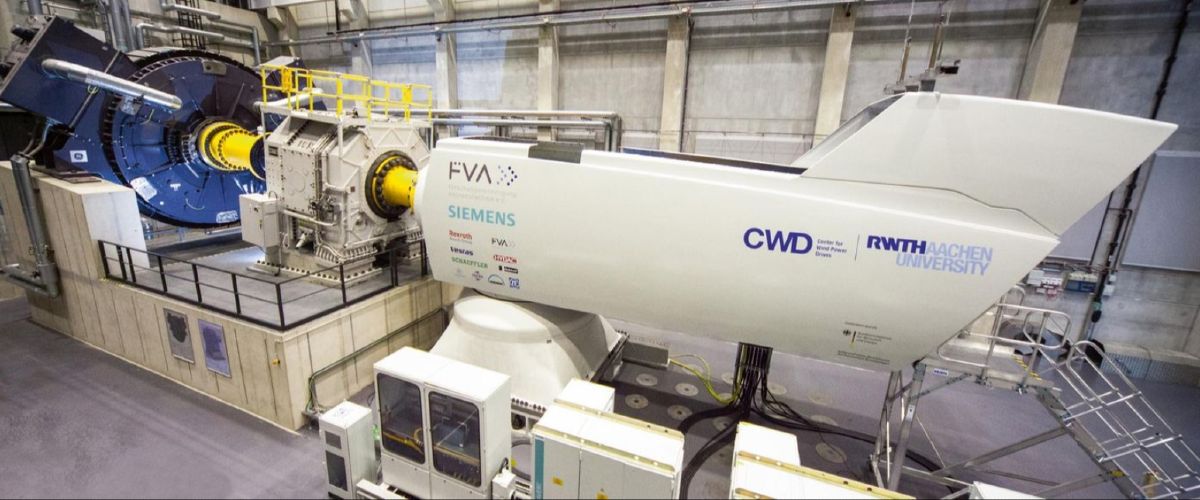 © CWD
© CWD
Wind energy
Test benches and outdoor field trials in comparison
Every new wind turbine requires a permit before it can be erected. To acquire this requires, for example, data on the power curve, sound emission and electrical properties. The aim of the CertBench research alliance is to enable manufacturers to measure the electrical properties of wind turbines on system test benches in future. These tests are usually carried out in outdoor field trials. Grid errors, such as voltage fluctuations, can be reproduced in the artificial grid as often as required and can be initiated at the push of a button. Tests on test benches accelerate the certification of wind turbines and are a cost-effective alternative that provides reliable and comparable data.
Project context
System test benches in the multi-megawatt class make it possible to determine the electrical properties of wind turbines. This data forms the basis for certification, i.e. for proving that certain standards and guidelines are met. Manufacturers usually measure the electrical properties of their wind turbines in outdoor field trials. When field testing, they have to take the weather into account, which means that schedules are often not met. In order to obtain useful results on test benches for certification purposes, engineers are developing new procedures to operate the wind turbines realistically. The test results are compared with field measurements and checked.
Research focus
CertBench stands for "Systematic validation of system test benches based on the type testing of wind turbines". The project partners in this research alliance intend to prove that measurement campaigns on test benches deliver results that are as meaningful and reliable as outdoor field trials.
Compared with measurements made in outdoor field trials, tests on test benches do not include all wind turbine components such as the tower, rotor or pitch system, which controls the position of all the rotor blades on a wind turbine. The scientists have therefore developed new methods to simulate the missing components, such as the rotor. For this purpose they are utilising hardware-in-the-loop procedures. This is a method where a real component, in this case the drive train for a wind turbine, is coupled with simulated components, in this case the rotor. The project partners are aiming to improve the existing tests on test benches and to verify the simulated results with measurements taken in outdoor field trials. For this purpose, they have for the first time tested a commercial wind turbine both in an outdoor field trial and on the two system test benches available in Germany, namely in Aachen at the CWD (Center for Wind Power Drives) and in Bremerhaven at Fraunhofer IWES. In addition, they directly compared a simulated electricity grid with a real grid. For this purpose they installed an FRT testing device on CWD’s test bench in Aachen. FRT stands for "Fault Ride Through". It is used to simulate voltage fluctuations in the grid.
Innovation
Within the joint CertBench project, the researchers have further developed an existing method to imitate missing wind turbine components and the electricity grid. The aim is to create confidence among grid operators, measuring institutes, certification bodies and wind turbine manufacturers in this new type of certification in accordance with FGW TR3. FGW stands for "Fördergesellschaft Windenergie und andere Dezentrale Energien" (Society for the Promotion of Wind Power and other Decentralised Energies). TR3 is a test specification and describes measurement procedures to determine the electrical properties of generating units and plants.
Results
The scientists have carried out several measurement campaigns as part of their research work. During the first measurement phase on the CWD’s system test bench at RWTH Aachen University, they performed tests according to the FGW TR3 technical guideline, each using both simulated and real grids. For this purpose, the researchers emulated (imitated) short-term grid faults. To achieve this they used a voltage divider-based FRT (Fault Ride Through) system. The data obtained provides information about the influence of power electronics-based grid emulators on the results, relative to conventional test equipment in outdoor field trials.
In a second measurement campaign, the project teams investigated a commercial wind turbine from ENERCON in accordance with the FGW TR3 technical guideline. The tests were conducted on the system test benches at CWD in Aachen and at Fraunhofer IWES, as well as in an outdoor field trial. They then compared the measurement data from both test benches with each other and with the data from the outdoor field testing. The tests reliably showed for the first time that measurements made on the system test benches are comparable with those made in outdoor field trials.
Practical transfer
Both system test benches at IWES in Bremerhaven and at CWD in Aachen are already being used to test individual wind turbine components. The project results already enable manufacturers to test the entire drive train realistically before it is used in the field. The drive train consists of the rotor shaft, gearbox, a flexible coupling and the generator.
The project results are currently being incorporated into the work conducted on the FGW TR3 and IEC 61400-21-4 technical guidelines so that the certification of wind turbines on system test benches is also anchored in the technical guidelines in future. It could therefore already be possible to conduct the certification completely on test benches as early as 2022. IEC 61400 is an international standard for wind energy generation systems published by the International Electrotechnical Commission (IEC).

